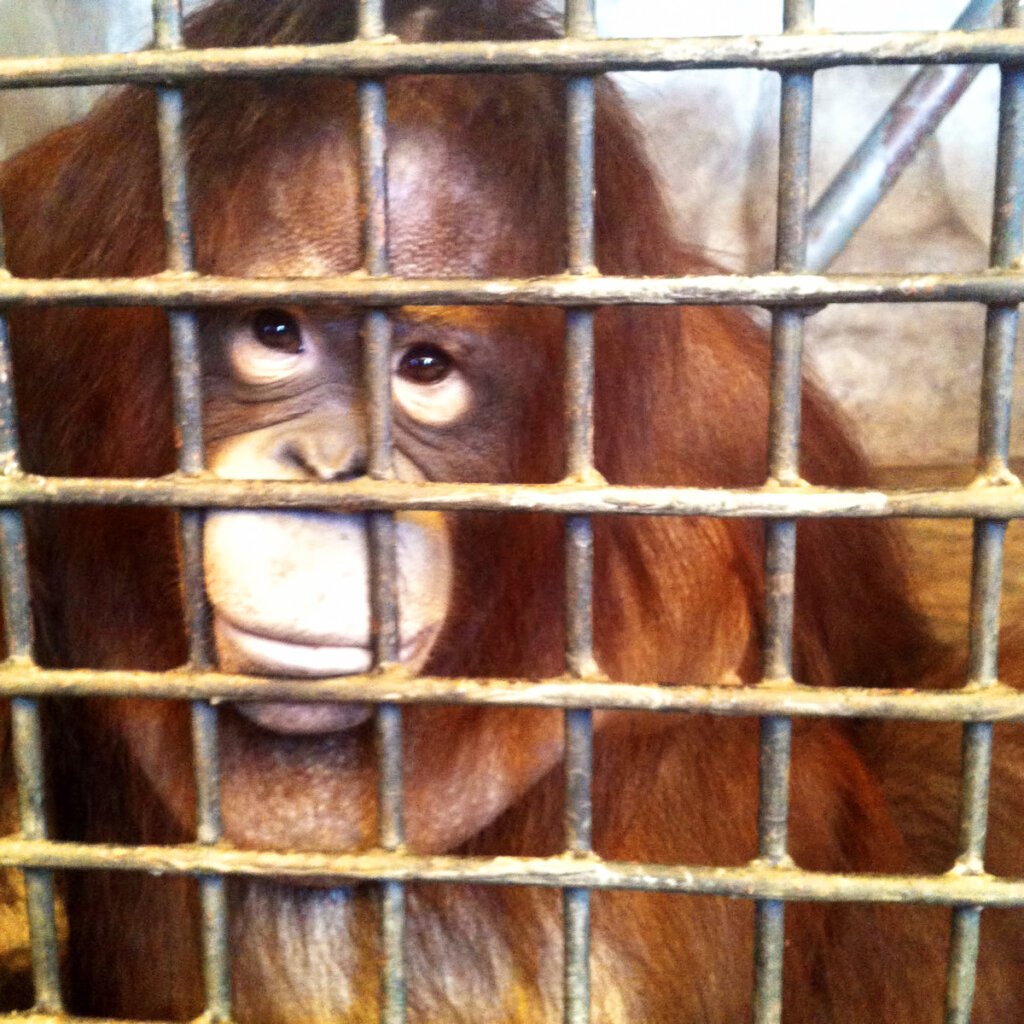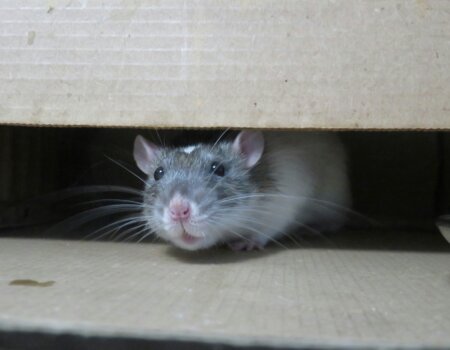Whip Welts on Melbourne Cup Winner Prompt PETA to Call For Whipping Ban
Only in horseracing is it acceptable to whip an animal in public.
Vow And Declare must have been the most photographed horse at Flemington Racecourse this year after winning the Melbourne Cup. But a closer look at those photos show the sinister side of racing, with post-race whip welts visible on his hindquarters at the conclusion of the race.
The marks – which a veterinary pathologist has confirmed were most likely caused by trauma – prove that padded whips do, in fact, hurt horses and that even when they’re used within permissible margins, they can cause damage to the animals’ delicate skin. Such welts indicate the swelling of inflamed tissue, a painful affliction for an animal whose epidermis is thinner than that of a human, making their sensitive nerve endings more vulnerable to external stimuli, such as the sharp sting of a whip.
PETA has written to Racing Victoria asking for a ban on whipping, something which the organisation itself has admitted is “inevitable“.
Riders whip animals for one reason alone: to push them to run harder and faster. Not only can this lead to the catastrophic breakdowns seen on Australian racetracks, it’s also ineffective. A 2011 University of Sydney study found that whipping a horse doesn’t increase the chance of winning, and 98% of horses were whipped without altering the outcome of a race.
Around three-quarters of Australians agree that the use of whips in horseracing should be banned. A slew of scandals and cruelty investigations involving the horseracing industry – including exposés of Australian and Korean slaughterhouses – in 2019 prompted assurances from Racing Victoria that horse welfare would be paramount. In October, Chair Brian Kruger said, “Victoria’s vision is to be a leader in equine welfare practices.” He added, “[I]t is clear we need to step up and do more.”
Now is the time to do more and ban the use of whips.
We need to keep the pressure on the horse racing industry. Sign up to our activist network and we’ll keep you updated about ways to help horses.
Help Animals in 2025: Renew Your PETA Membership!





